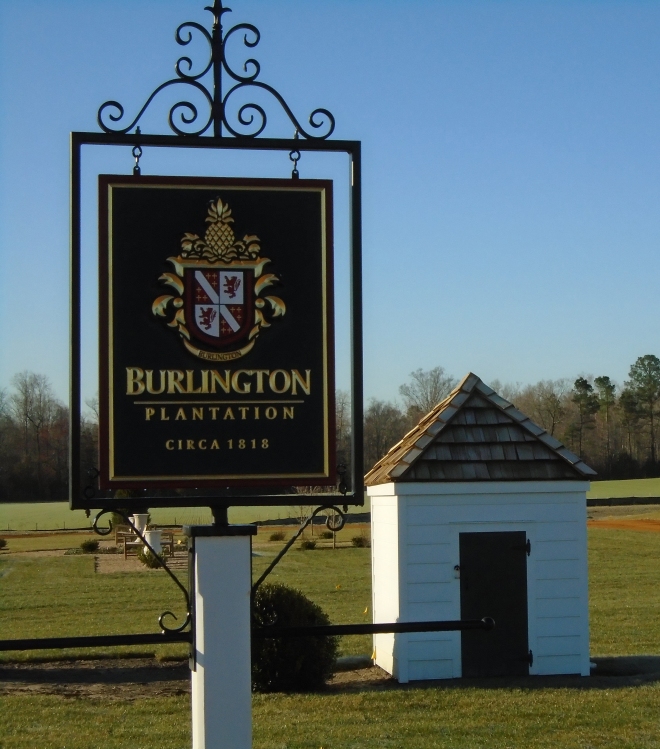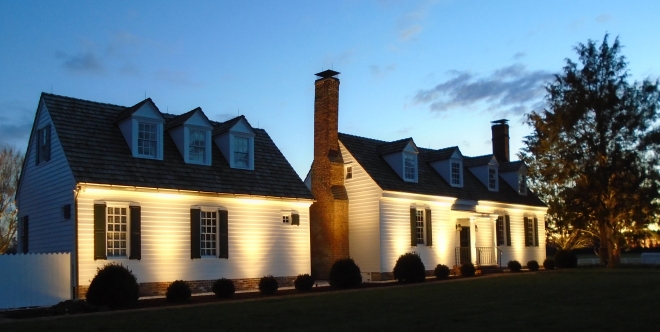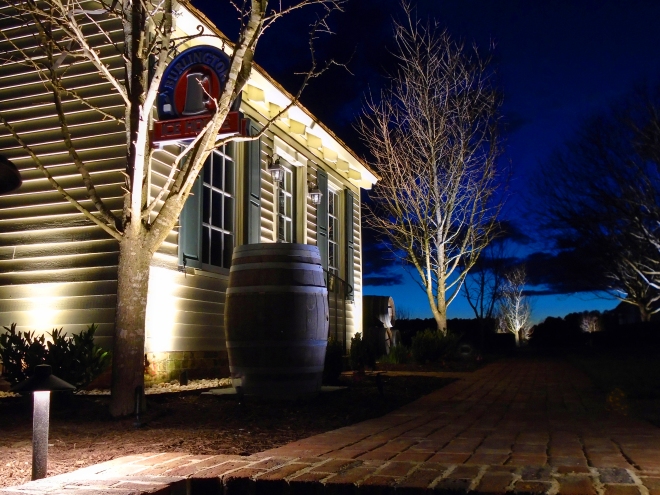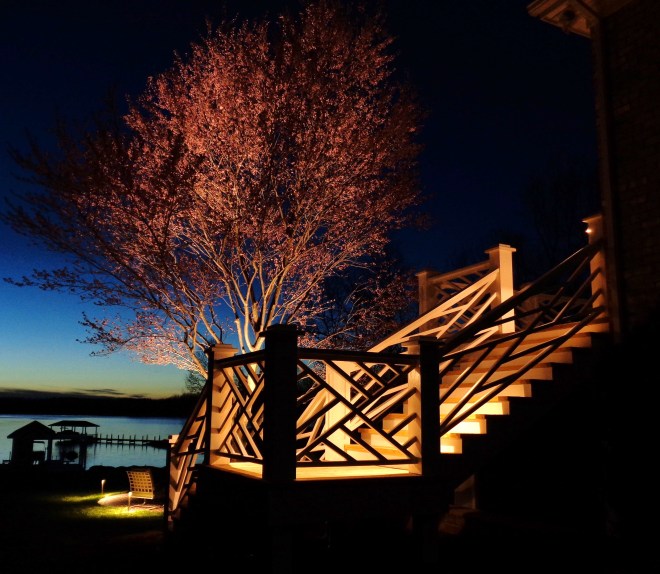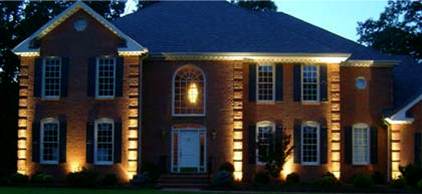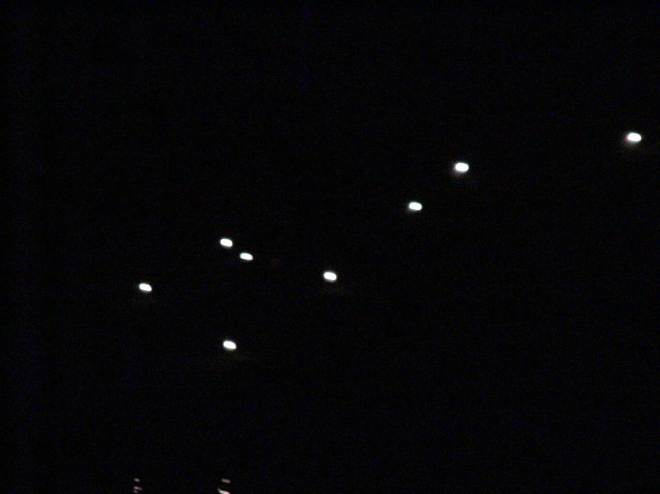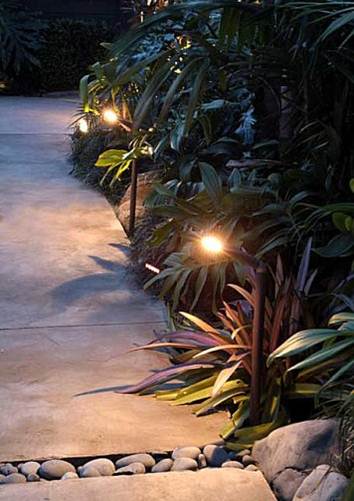Thank you for visiting the Outdoor Lighting Expressions blog.
Several years ago while attending a show, one attendee walked up to me and said “I can’t imagine why anyone would want to do this”. I wanted to say, “Are you blind or do you just have no taste?”. But not wanting to be argumentative, I responded by saying, “I can’t imagine why anyone would NOT want to do this”.
Landscape Lighting and Architectural Accent Lighting can provide many benefits to the homeowner. The following are several that immediately come to mind:
First and foremost, Outdoor Lighting including Landscape Lighting and Architectural Accent Lighting will immediately improve the safety and security of your home and property. By illuminating pathways and lighting exterior staircases, one can immediately reduce trip hazards by enabling family members and guests to see where they are walking.

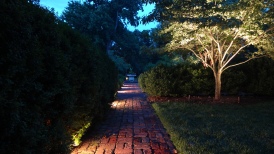
Speaking of security, by illuminating the architectural features of the home and surrounding landscape, the property becomes significantly less likely to be visited by an intruder due to the illumination. Law Enforcement Officials and Security Experts will tell you that a criminal is much more likely to pick the dark or darker home to visit as opposed to breaking and entering a home that was well illuminated.

Curb appeal enhancement is the principal reason most customers contact us. A home for most folks is their single largest investment and one of which they are proud. It certainly looks beautiful by day but what about the look of the home at night? Many are dark and uninviting. Proper highlighting of the architectural features of the home makes the home look warm and inviting at night, and significantly enhances the overall curb appeal of the property after dark.

And then there is the love of the outdoors in many of us. Most of us enjoy being outdoors in the evening, particularly during the summer time sitting on the deck or patio or around the pool area. For the past several years, our business has lead us to illuminate great outdoor living areas, decks, patios, fire pit areas, gazebos, outdoor living areas – you name it, we’ve lit it. So if you enjoy the outdoors in the evening, why not make it look beautiful and eye-pleasing with carefully designed light scenes or light scapes? Properly designed outdoor lighting scenes can make a dark property look absolutely spectacular at night.


So tonight, walk around your property. Try to envision how beautiful your place can look with professionally designed and installed architectural accent lighting and landscape lighting.

Please call us if we can be of assistance in making a vision become a reality. You will be amazed at how beautiful we can make your property look with professionally designed and installed Outdoor Lighting.

Clay Johnston
